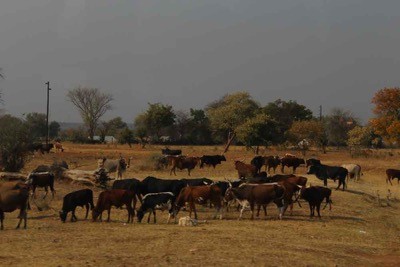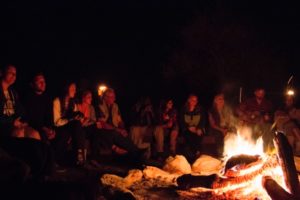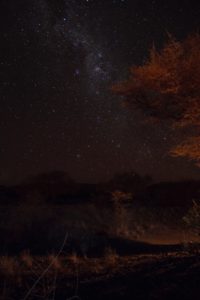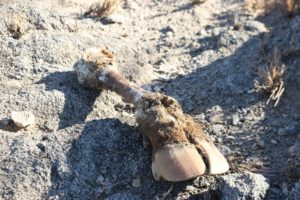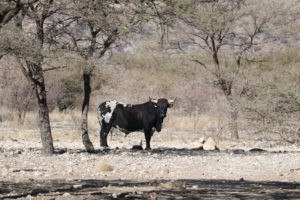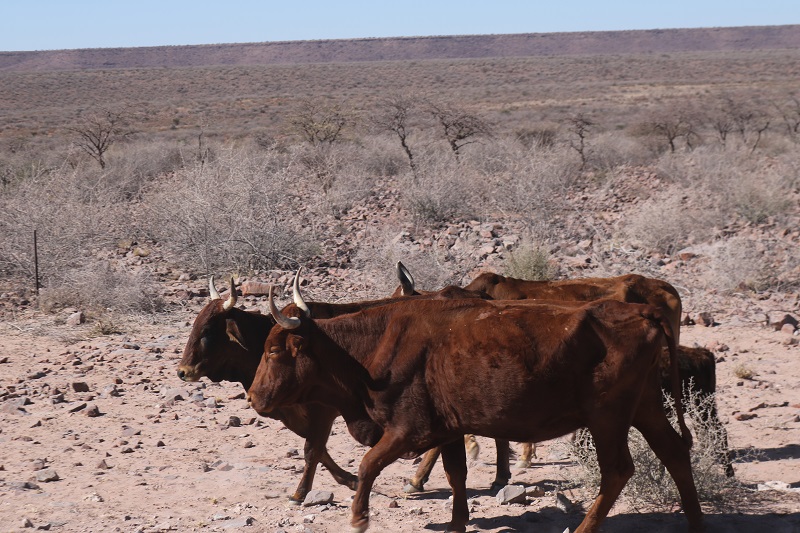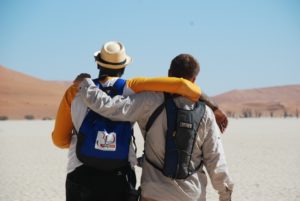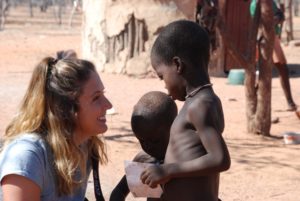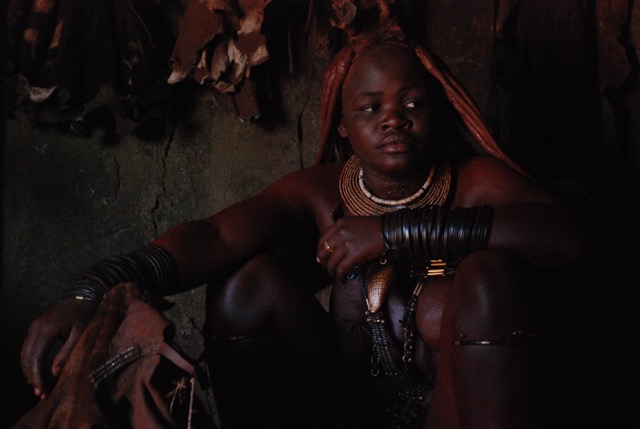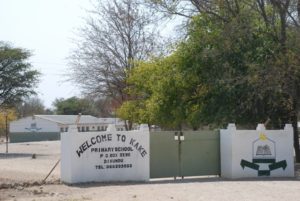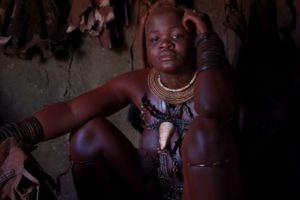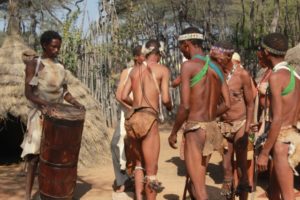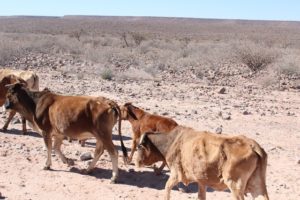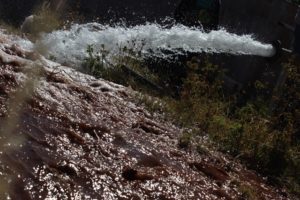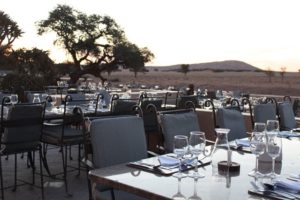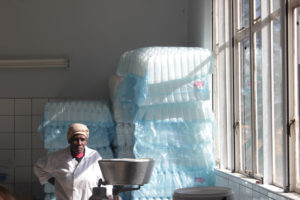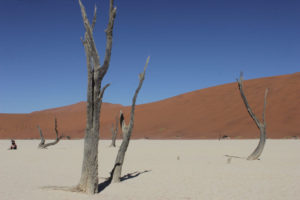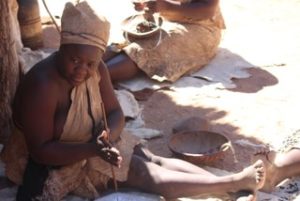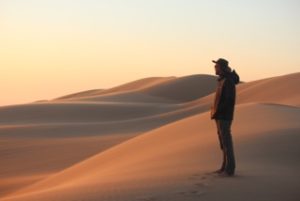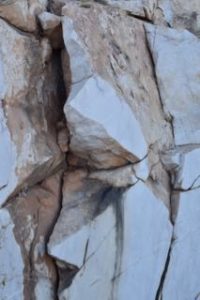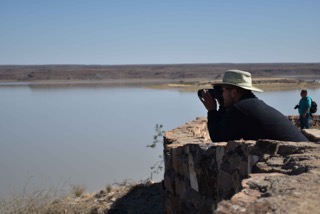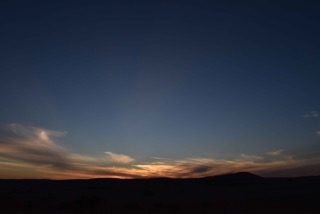Communal living situations are home to 65 percent of Namibia’s population. In 1965, land was divided up and the 12 tribes were moved around and forced to stay in their new designated homeland areas.
Most of these homelands are communal, meaning that not one person or family owns the land, but all people in a community own and maintain the land. Ethnic tribal leaders govern each tribe’s designated homeland area. Members of each tribe take what benefits them most, and it is expected that everyone do their share of maintaining land and livestock. It is no one’s sole responsibility to invest in the upkeep and regulation of these resources. There are now 14 communal conservancies all throughout the country.
There is a veterinary controlled boundary that stretches across the northern part of Namibia called the Red Line. The purpose of the Red Line is to prevent the spread of disease among livestock. This line does not differentiate between communal or privately owned land, but most communal land is located in the area above the Red Line.
Below the Red Line, most land is owned either privately or by the government. There are fences to mark each of these plots of land, making it a veterinary controlled area, meaning that livestock is contained incase disease were to come about.
Livestock roam freely and graze openly and there are no fences to divide the homelands. One major disadvantage to this is that if disease were to break out, there would be no way of keeping it from spreading among all livestock of different communities. Land above the Red Line also faces problems with overgrazing since livestock are able to migrate freely to wherever there is grass to feed on.
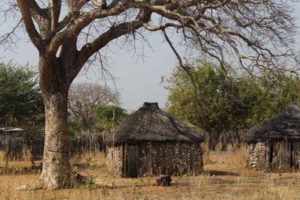
Families build their homesteads in a cluster of huts, sometimes surrounded by a fence to protect against wild animals.
Owning land is not only a huge physically labor intensive undertaking but also takes an extreme amount of emotional capacity. People are proud of their land, especially in Namibia. Many landowners have their land because of their ancestors maintaining and passing it down to them. People find their heritage, culture and identity in owning land.
Many people living on communal lands will move south of the Red Line and into the cities to seek better paying jobs because the land they live on is barely sufficient to meet their needs. Many end up living in the tin shack regions of the cities, such as the Katutura and DRC townships, not all by force but by choice since this is the cheapest option. Most often they run into the problem that living in and working in the city is so much more expensive than living on their land. Living in the city, they now have to pay for a taxi to get to work and pay taxes on water, electricity and food, whereas on their land these resources were available without tax and they lived where they worked.
Hunting on both communal and privately owned land is highly regulated and protected and can be done by obtaining permits. Both private and communal land hunting is a way that many Namibian farmers make part of their living, especially in times of extreme drought. Many register their land as pro hunting land so they profit from any game shot within their fence lines.
Lions, cheetahs, elephants, black rhinos and many other highly endangered predator species roam about the land north of the Red Line. Hunting of these predators is strictly forbidden, however, with poaching and lack of education, it still happens. It is harder to regulate and restrict hunting of endangered predators due to lack of general governing over the communal land. An exception to these strict hunting regulations occurs when a predator, such as a cheetah, were to kill livestock, a trophy hunter would be given permission to hunt this cheetah to keep it from killing any more livestock. This would also bring in more income and compensation to the owner of this livestock.
Livestock in communal livelihoods are regulated and monitored by the community that owns them. They are let out to graze during the day and then gathered and counted at night. Each member takes what he or she needs, knowing the amount of work needed to put in in exchange for what is taken.

